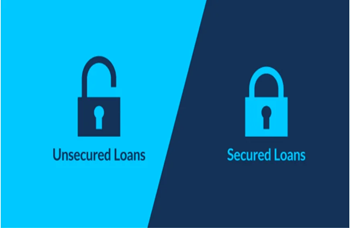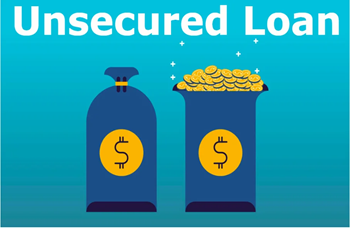
Unsecured Loans VS Secured Loans
Unsecured loans and Secured loans are two types of borrowing options with key differences. Secured loans require the borrower to provide collateral, such as property or vehicles, to secure the loan. This makes them less risky for lenders and often comes with lower interest rates and higher borrowing limits. Common examples include home loans and auto loans. Unsecured loans, on the other hand, do not require collateral, making them ideal for those without significant assets. They rely on the borrower’s creditworthiness and tend to have higher interest rates. Examples include personal loans and credit cards. While unsecured loans offer quicker access and lower risk to personal assets, secured loans are often a better option for larger borrowing needs.


